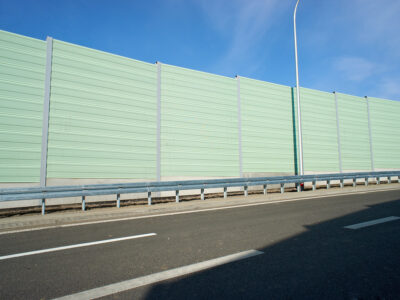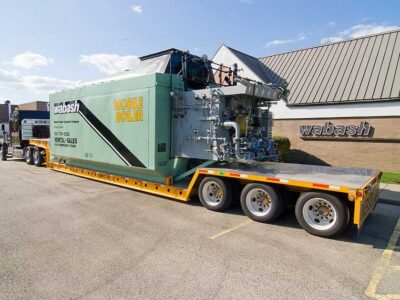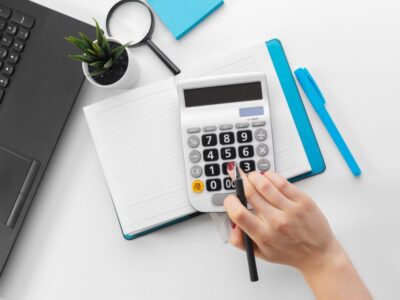Within the next several decades, it is expected that the generation of power from renewable sources will overtake all other methods in terms of popularity. Several people and even whole nations are concerned that a future decrease in oil supply may cause the price of energy to rise to an unsustainable level; as a result, they are making significant investments in other forms of energy to prepare for this possibility. This fact, together with an increasing awareness of the need to protect the natural world, is continually driving the development of this technology. Here are a few things that you must consider before getting a solar powered home–
1. Solar panels
There is a diverse selection of solar technologies available to choose from. One type of solar energy, solar thermal, for instance, just enables one to heat water, whilst another type, photovoltaic, enables one to generate electricity.
Monocrystalline and polycrystalline silicon are generally considered to be the two primary possibilities for use in solar systems. Although monocrystalline silicon panels may offer somewhat greater efficiency than polycrystalline, the benefits of selecting monocrystalline over polycrystalline are typically outweighed by the myriad of other considerations, which are discussed further down in this section.
There is a significant correlation between the quality of the solar panels you purchase for solar power housing and the amount of energy that can be produced by your system.
2. Cost
In the past decade, the price of installing solar panels has dropped by a significant amount. To put this into perspective, a typical 1 kW solar power housing system could be purchased in the year 2000 for roughly 145 rupees (INR) per watt of power; now, it can be purchased for approximately 35 rupees (INR) per watt of power. However, the total cost might change significantly based on the grade of the individual components, the experience level of the solar installation, and the magnitude of the undertaking. As a result of the lesser scale of operations that are required for residential solar systems in comparison to commercial and industrial solar systems, the cost per kilowatt-hour (KW) tends to be significantly higher. The most important thing to remember is that you should never skimp on the quality of the components or the experience of the installation. Solar energy is an investment with a payoff period of 25 years; thus, you don’t want to put yourself through any hassles just to make a quick buck.
3. Space
For the solar panel to be correctly set up and placed in your home, you will need a sufficient quantity of available space. Solar panels must be positioned in such a way that they face south, east, or west to function properly. This is because only in these orientations are they able to receive sunlight for the entirety of each day.
Depending on the number of space you have available, you have the option of installing a standard solar panel with a peak power output of between 250 and 300 watts for large-scale installations or a solar panel with a peak power output of between 74 and 100 watts for installations ranging from medium to large in scale. The amount of space needed for the installation of solar power housing might also be impacted by the design of the solar panels themselves.
Conclusion
Solar panels are gaining more and more popularity; however, they are not suitable for every house or every household’s financial situation. It’s possible that your land isn’t conducive to getting the most out of solar panels, and the process of installing them might bring additional light issues that need to be fixed in and around your house.












Comments